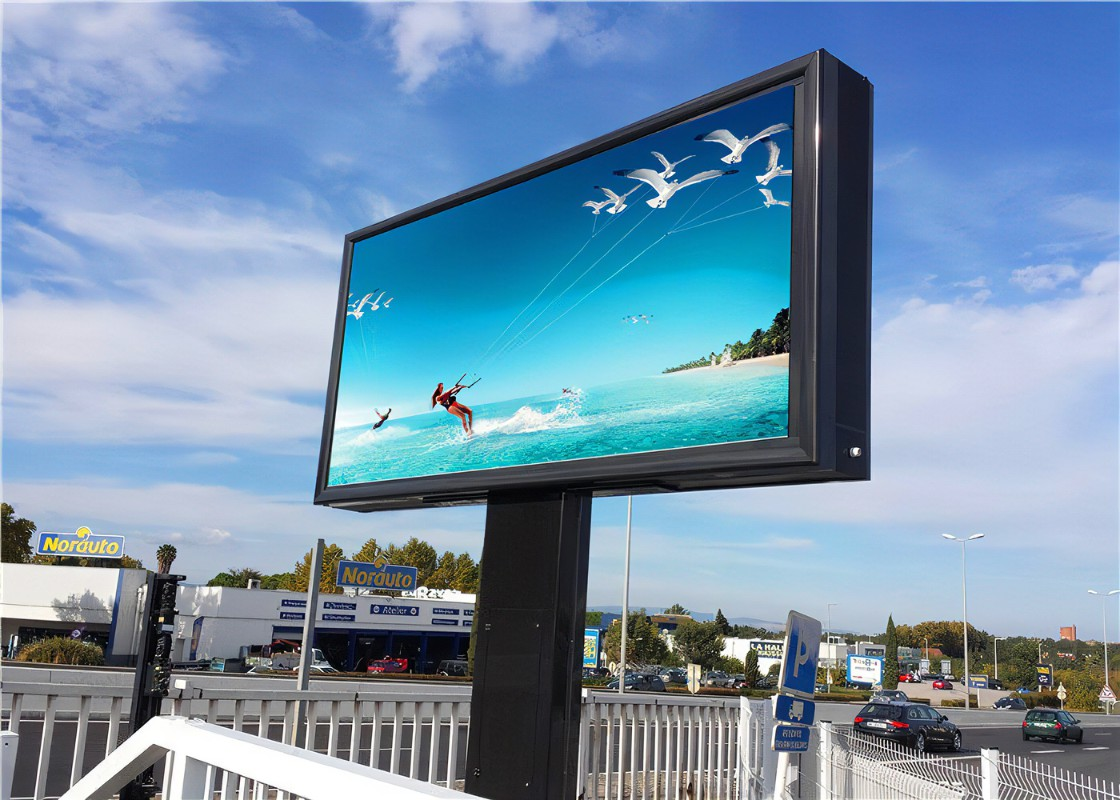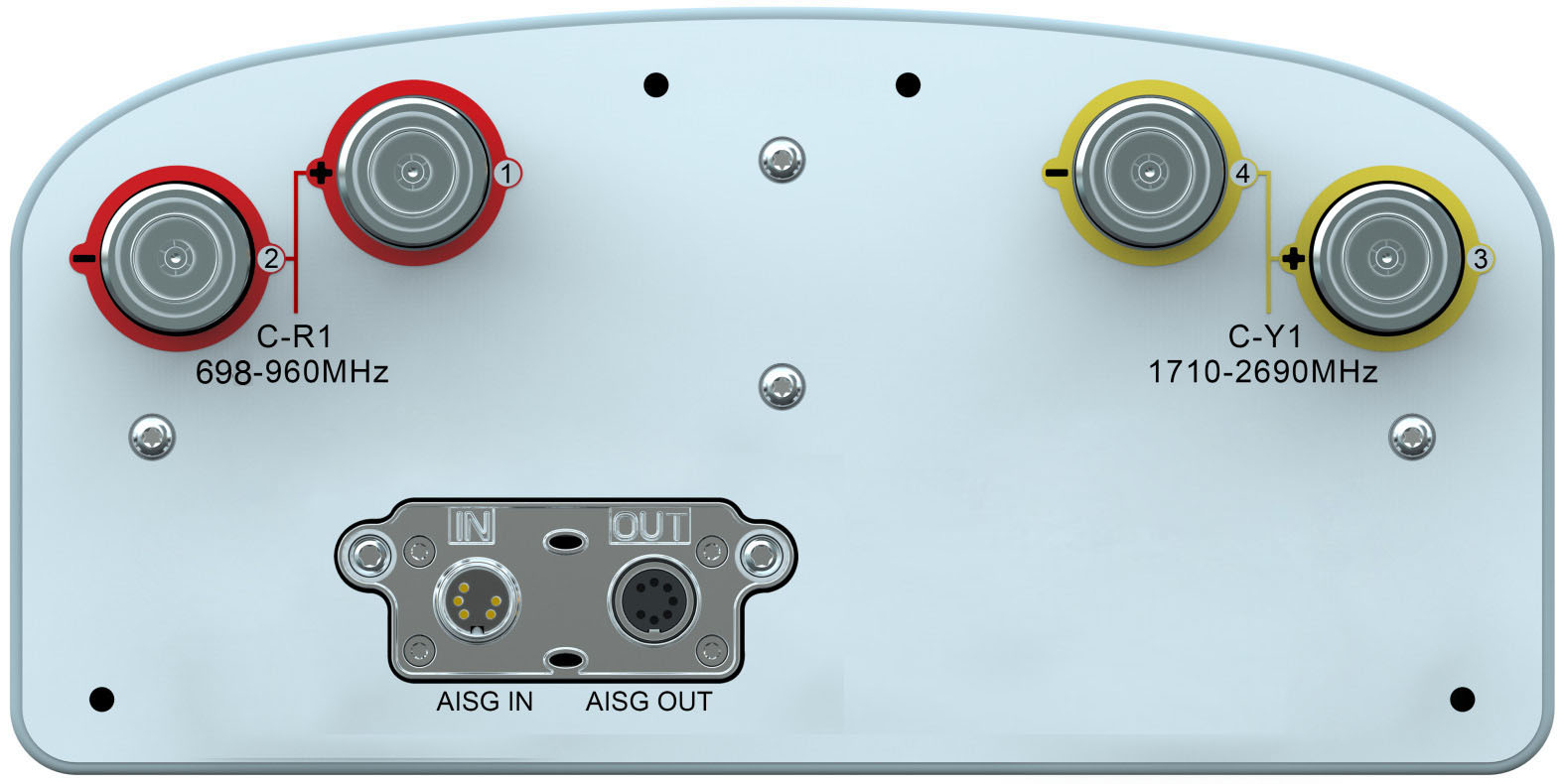The Internet Has Replaced the Telephone System and the Telecommunication Networks

Since the publication in 2001 of the first edition of this book, Internet Communications Using SIP, Voice over IP (VoIP) has developed from an emerging technology to the recognized replacement of existing global telephone systems based on Time Division Multiplex (TDM) circuit switching. The Internet has also replaced the proposed connection-oriented offsprings of TDM, such as the Integrated Services Digital Network (ISDN) and the Asynchronous Transfer Multiplex (ATM) based broadband version BISDN, envisaged for the telecommunications industry by the International Telecommunications Union ITU-T standards body. TDM, ATM, ISDN, and BISDN are now history.
The Session Initiation Protocol Is the Standard for VoIP and Multimedia Communications
Another change from the first edition of this book is the Session Initiation Protocol (SIP), which has been adopted by practically all public VoIP service providers for wired and wireless communications. The discussions about SIP versus H.323 standardized by the ITU-T are over as well. The installed base of H.323 is considered a liability and planned for replacement by SIP sooner or later
A global industry has emerged to take advantage of SIP and its associated IETF standards for real-time communications. More than 560 VoIP service providers have been reported [1] in early 2006, most of them using SIP-based networks. The list of SIP-based equipment (such as SIP phones, software for PCs, and mobile devices, servers, gateways, and so on) is now large and still growing. Actually, all equipment and system vendors are now supporting SIP
Presence and Instant Messaging Are Mainstream Communications
Presence and instant messaging (IM) are now mainstream with consumers and, in the enterprise, complementing or sometimes replacing voice communications in specific situations (such as in circumstances where silence is required). Even for VoIP, presence has emerged not only as a valuable enhancement, but presence may be the dial tone of the twenty-first century. Presence and event-based communications have enabled the integration of communications with applications. Presence and IM are discussed in Chapter 13, “Presence and Instant Messaging
Redefining Communications: Mobility, Emergency and Equal Access for the Disabled
Internet communications have been known not to be dependent on the location on the Internet. Application-level mobility based on SIP is a key component to seamless mobile communications, as discussed in Chapter 15, “SIP Application Level Mobility.
Emergency calling services by users in distress using the Internet (such as 911 in the United States or 112 in Europe) are far more powerful and cost less than the Public Switched Telephone Network (PSTN) based emergency services. Internet-based emergency calling is indeed in the design stage in a number of countries. Chapter 16, Emergency and Preemption Communication Services,” discusses Internet-based emergency services
The Rise of Peer-to-Peer Communications
P2P traffic has risen in the Internet since around 2000 and became the dominant part of Internet traffic by 2004. Since 2004, Skype (which is based on P2P VoIP, IM, and presence) has also become by far the dominant VoIP provider worldwide. Since P2P SIP standards work is just emerging as of this writing, Skype can be considered a prestandard P2P Internet communication service


![[pii_email_b47d29538f12c20da426]](https://ipsnews.info/wp-content/uploads/2022/02/pii_email_b47d29538f12c20da426.jpg)

